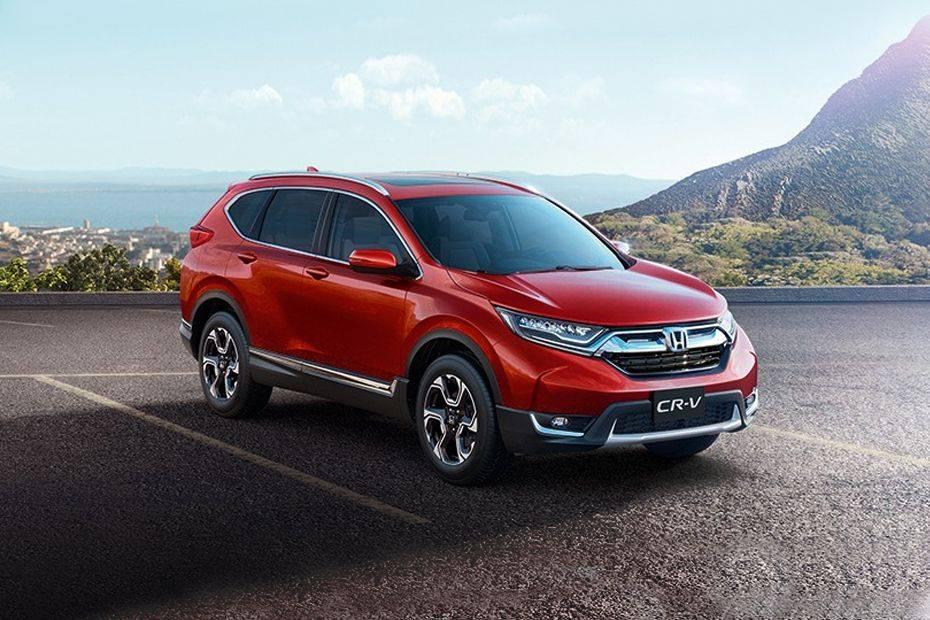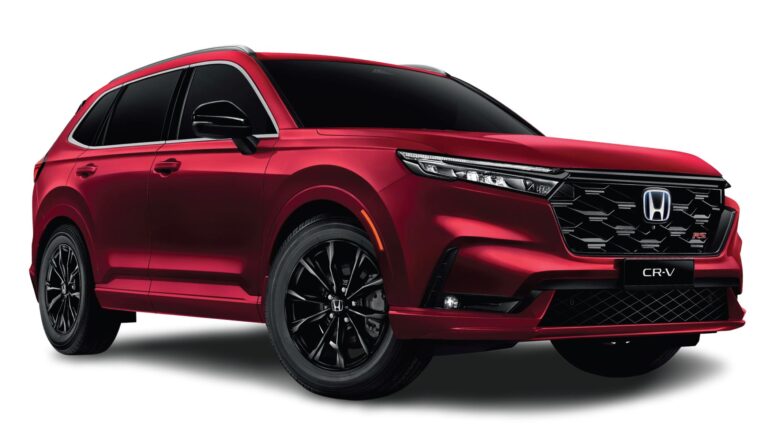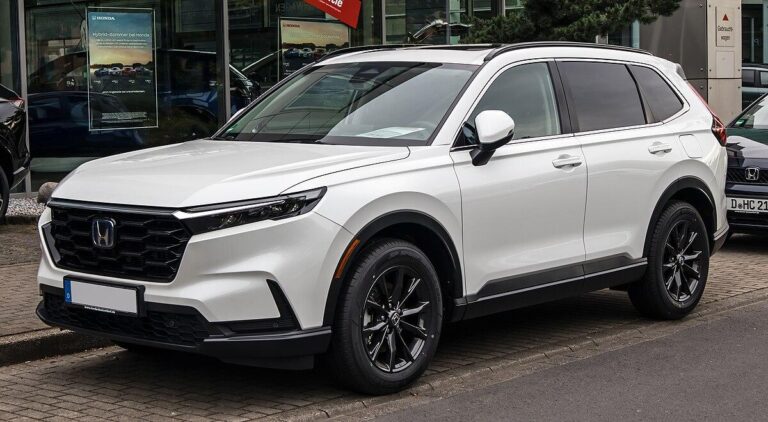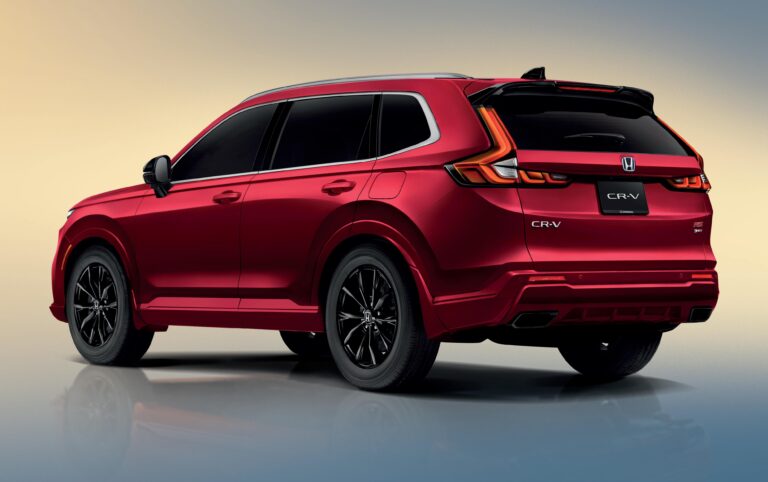Honda CR-V vs Nissan Rogue
In the ever-evolving landscape of compact suvs, the Honda CR-V and Nissan Rogue stand out as two of the most popular contenders, each vying for the attention of discerning drivers. With their striking designs, versatile interiors, and advanced technology, these vehicles not only promise an engaging driving experience but also cater to the practical needs of families and adventurers alike. As automakers strive to blend efficiency with comfort, the CR-V and Rogue have both made their mark, earning loyal followings and securing places at the forefront of their segment. in this comparative exploration,we will delve into what sets these two giants apart—from performance and fuel economy to safety features and cargo space—helping you navigate the choice between reliability and innovation in your quest for the ideal SUV.
Comparative design and Comfort: Analyzing Interior Features
The battle for interior supremacy between the Honda CR-V and Nissan Rogue showcases careful attention to both design and comfort. honda’s CR-V offers a cozy cabin with a modern aesthetic,accentuated by high-quality materials and ergonomically designed seating.Standard features include a spacious cargo area, a user-amiable infotainment system, and a dual-zone climate control, catering to the needs of both driver and passengers alike. The versatile rear seats can also be folded flat, providing up to 75.8 cubic feet of cargo space, which emphasizes practicality without sacrificing comfort.
In contrast, the Nissan Rogue focuses on a sleek design and advanced technology integrations. With a driver-centric cockpit, the Rogue presents a slightly more luxurious feel, thanks to optional features like leather seating and a premium audio system.The interior boasts an innovative, customizable digital dashboard that offers a wealth of information right at your fingertips. Moreover, its Zero Gravity seats are designed to enhance comfort during long drives, making it a great contender for families and adventurers alike. Below is a brief comparison of some key features:
| Feature | Honda CR-V | Nissan Rogue |
|---|---|---|
| Interior Material Quality | High-quality fabrics and finishes | Premium materials available |
| Cargo Space | 75.8 cubic feet | 74.1 cubic feet |
| Infotainment System | User-friendly display | Customizable dashboard |
| Climate Control | Dual-zone | Zone Climate Control |

Performance and Fuel Efficiency: Driving Experience in Focus
The Honda CR-V and Nissan Rogue each offer a unique driving experience, with distinct engineering choices that can significantly impact their performance. The CR-V is powered by a responsive turbocharged engine, which delivers a smooth acceleration and confident handling. It excels in urban environments, effortlessly maneuvering through city streets and providing a comfortable ride for passengers.Key performance highlights include:
- Turbocharged Engine: Offers ample power while maintaining fuel efficiency.
- Responsive Steering: Enhances agility during cornering.
- All-Wheel Drive Option: Improves stability in diverse weather conditions.
On the other hand, the Nissan Rogue showcases an innovative variable compression turbocharged engine that emphasizes fuel economy without sacrificing power. This versatility makes it an excellent choice for long-distance drives or daily commutes. The Rogue is particularly effective on highways and has a reputation for a quieter cabin,aiding in a serene driving experience. Key highlights include:
- Fuel Efficiency: achieves extraordinary miles per gallon for an SUV.
- Quiet Cabin: Reduces road noise for a more pleasant ride.
- Smooth CVT Transmission: Provides seamless acceleration.
| Feature | Honda CR-V | Nissan Rogue |
|---|---|---|
| Engine Type | Turbocharged I4 | Variable Compression Turbo I4 |
| HP | 190 hp | 201 hp |
| fuel Efficiency (City) | 28 MPG | 26 MPG |
| Fuel Efficiency (Highway) | 34 MPG | 33 MPG |

Safety and Technology: Evaluating Advanced Features and Ratings
In the battle of compact SUVs, both the Honda CR-V and Nissan Rogue present a compelling array of advanced safety and technological features, aimed at enhancing the driving experience. Each vehicle showcases sophisticated systems designed to prevent accidents and optimize occupant safety. Honda’s CR-V is equipped with the Honda Sensing suite, which includes features such as:
- collision Mitigation Braking System
- Road Departure Mitigation
- Adaptive Cruise Control
- Lane Keeping Assist
On the other hand, the Nissan Rogue counters with its ProPILOT Assist, a smart technology package that integrates:
- Intelligent Cruise Control
- Lane Departure Warning
- Automatic Emergency Braking
- Rear Cross Traffic Alert
When it comes to technology, both vehicles are equipped with user-friendly infotainment systems, offering compatibility with Android Auto and Apple CarPlay. The table below summarizes the standout tech features in each model:
| Feature | Honda CR-V | Nissan Rogue |
|---|---|---|
| Touchscreen Display | 7-inch | 8-inch |
| Navigation | Available | Standard |
| Premium Audio System | Bose | Focal |

Cost of Ownership: Long-Term Value and Maintenance Considerations
The Honda CR-V and Nissan Rogue are both popular choices in the compact SUV segment, but their long-term costs of ownership and maintenance can differ significantly. Honda CR-V drivers often praise the vehicle’s reliability, which can lead to lower unexpected repair bills. Typically, the CR-V is known for its efficient fuel economy and strong resale value, thereby easing the financial burden over time. In contrast, while the Nissan Rogue tends to offer appealing features and technology, its servicing costs can be slightly higher, especially for certain models with advanced systems. Owners should consider routine maintenance not only in terms of scheduled services but also for unexpected repairs which can impact their overall satisfaction and financial commitment.
When comparing long-term ownership costs, users should take into account the following factors:
- Depreciation Rates: Generally, the CR-V retains its value better than the Rogue, potentially providing a more favorable resale experience.
- Maintenance Frequency: the CR-V is often seen as having a lower average cost for annual maintenance when compared to the Rogue.
- Warranty Coverage: Both vehicles come with competitive warranties,but CR-V’s extended coverage can further bolster owner confidence.
- Fuel Efficiency: The CR-V frequently boasts better MPG ratings, translating to lower fuel costs for daily driving.
| Feature | Honda CR-V | Nissan Rogue |
|---|---|---|
| Annual Maintenance Cost | ~$400 | ~$500 |
| resale Value (after 5 years) | 60% of original | 55% of original |
| Fuel Economy (MPG) | 28 city / 34 highway | 27 city / 33 highway |
To Wrap It Up
the choice between the Honda CR-V and the Nissan Rogue often boils down to personal preference and individual needs. Both vehicles offer a harmonious blend of comfort, utility, and reliability, catering to diverse lifestyles and tastes. While the CR-V leans towards a more spacious interior and a storied reputation for dependability, the Rogue stands out with its captivating design and innovative tech features. As you weigh your options, consider what factors matter most to you—be it performance, technology, storage, or simply the feel of the drive. Whichever path you choose, both the CR-V and the Rogue promise to deliver a rewarding experience, ensuring that your journey is as enjoyable as the destination itself. Happy car shopping!



